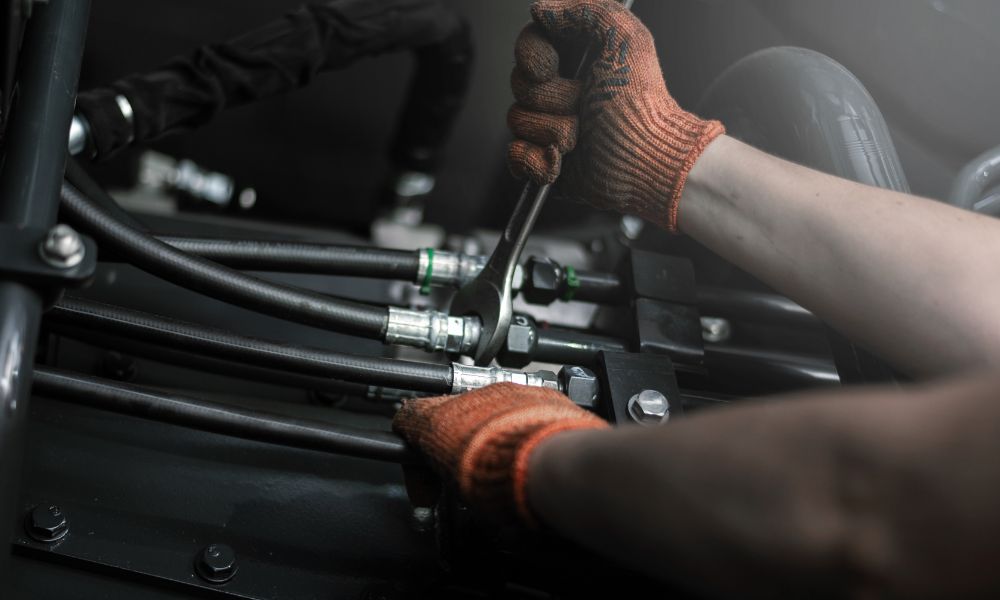Industrial Hose Pressure Ratings, Demystified
Do you know the difference between working pressure and burst pressure? Learn the ins and outs of industrial hose pressure ratings and more here.
by Scot Ranney • September 26, 2023
When selecting hydraulic hoses for industrial hoses, pressure is perhaps the most significant factor to consider. We’ve compiled a quick guide to industrial hose pressure ratings and labels in order to demystify the process.
The STAMPED Hose Selection Process
When selecting new industrial hoses for your hydraulic hose system, the industry-standard method for choosing the ideal components for your application is the acronym STAMPED.
- Size
- Temperature
- Application
- Material
- Pressure
- Ends
- Delivery
If your new hose checks all these requirements for your application, you’ll have the ideal components. While these factors are critical in hose selection, we’ll focus on labels and industrial hose pressure ratings to demystify the terms you may see regarding hose pressure.
Dynamic Pressure vs. Static Pressure
When looking for an industrial hose, consider whether the hose will endure dynamic or static pressure. Dynamic pressure means the hoses and the system feature fluctuations in pressure along with other dynamic variables, like temperature changes and pulses.
Static pressure, as you may guess, is the opposite—the pressure is constant with no fluctuations. Choosing a hose is easy if you only focus on static pressure. For dynamic pressure, the hose must be able to withstand the system’s working and impulse pressure combined to guarantee functionality and safety.
Working Pressure vs. Burst Pressure
Another key consideration for industrial pressure ratings is working pressure and burst pressure. These two features outline how much pressure the hose can contain.
The working pressure is the basic working conditions the hose can handle regularly, also called the pressure range. The burst pressure is the maximum pressure that can be applied to the hose components without physical damage. If you want to determine the hose’s burst pressure, you can conduct hydrostatic pressure testing to push the hose to its limits.
Conclusion
If you’re searching for new industrial hoses for your system and need help finding the ideal components for your application, The Hose Shop can help. We have an extensive online selection of industrial hoses and components, and our expert staff can help you find the right materials for your application.


